Today Istanbul holds an unusually large population of stray cats. They are often well taken care of by the city’s population. How old is this tradition, is it due to Turkish or Islamic culture, or does it date back to Roman times?

Today Istanbul holds a usually high population of stray cats, and are often well taken care of by the cities population. How old is this tradition, is it due to Turkish or Islamic culture, or does it date back to Roman times?
Is looking after stray animals due to Turkish or Islamic culture, or does it date back to Roman times?
It is easy to check. There are a couple of countries who claim heritage of Turkish, Islamic or Roman culture. For example, how good the countries such as Italy, France, Germany or England who were heirs of Roman Empire, take care of stray cats? Or how good the countries such as Morocco or Iran which are prominently Muslim Majority countries treat the animals? Do they differ from other Turkic states such as Azerbaijan, Uzbekistan or Turkmenistan in regards of animal rights?
A quick research on internet tells it was not a Roman tradition. You may check following articles.
- Ritualistic Cat Torture Was Once a Form of Town Fun
- 1677: Londoners burn live cats in wicker pope – Past Peculiar
- The Golden Bough/The Fire-Festivals of Europe
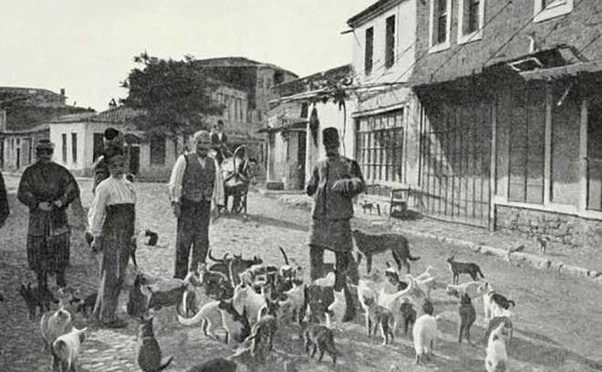
But we have some well-documented information about animals of Turkish History. For example, there was an occupation in Ottoman for the people who fed stray animals which called “mancaci”. Manca means cat & dog food.
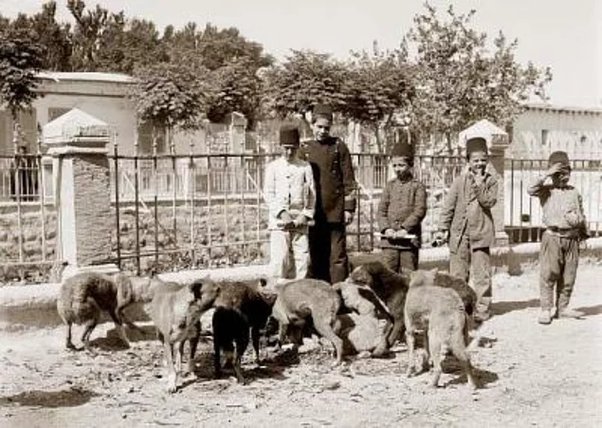
Mancaci would feed the stray animals with the donation money of animal-lovers.
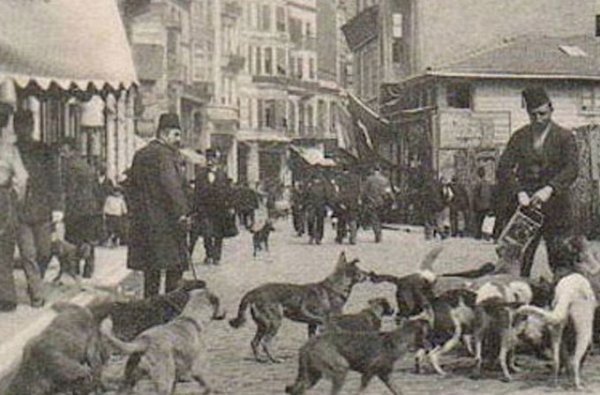
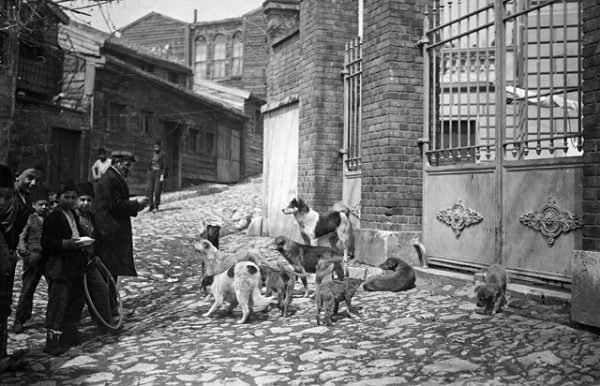
Not just cats or dogs were fed, but wild animals such as wolves. In winter months, necessary meat had been left for them, so they would not attack people or wouldn’t come to settlements.
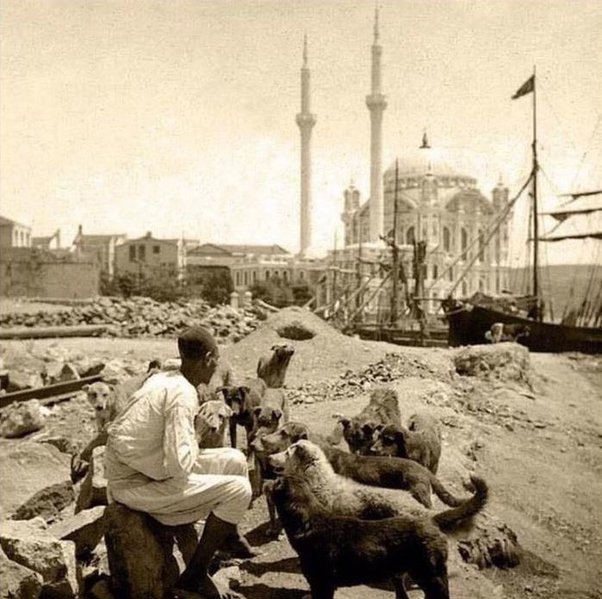
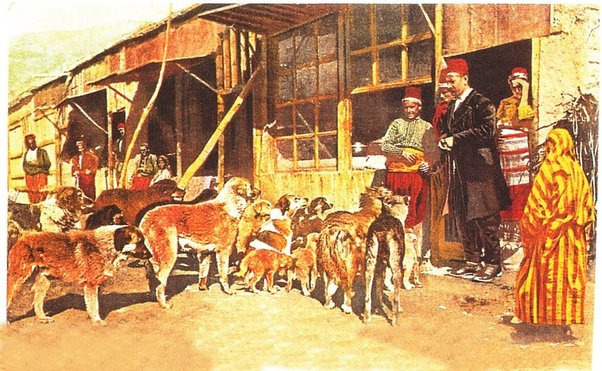
Not to forget feeding birds
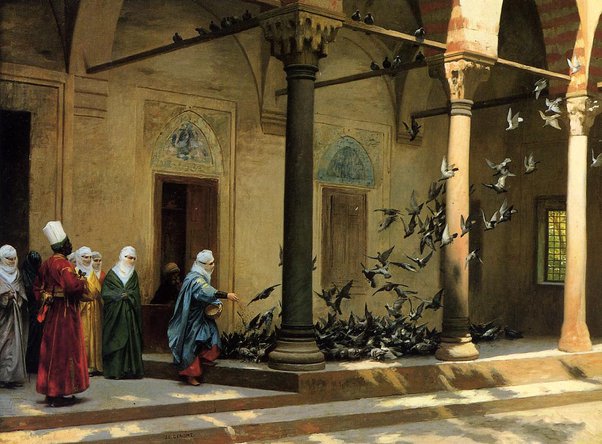
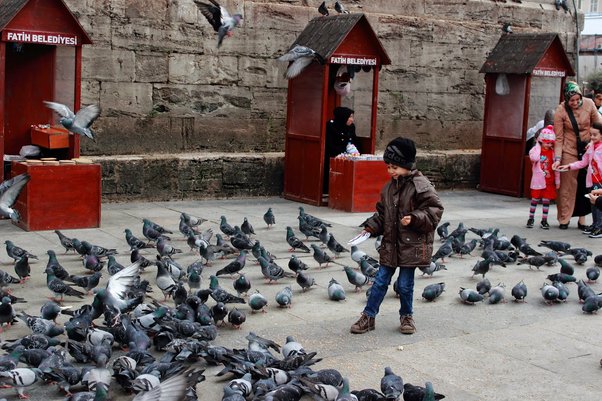
Of course only feeding them is not enough. They also needed some institutions. A cat hospital in Uskudar, Istanbul, a bird hospital in Dolmabahce, Istanbul. And another one in Bursa, solely for the storks (Gurabahane-i Laklakan) since 16th century.
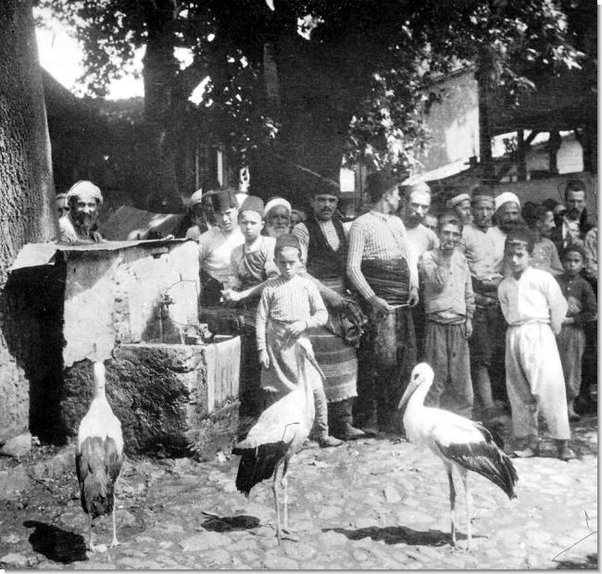
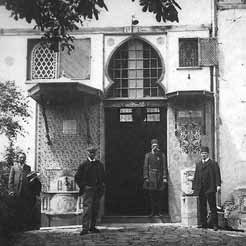
Animal-loving also shows itself in architecture as bird-palaces since 15th century.
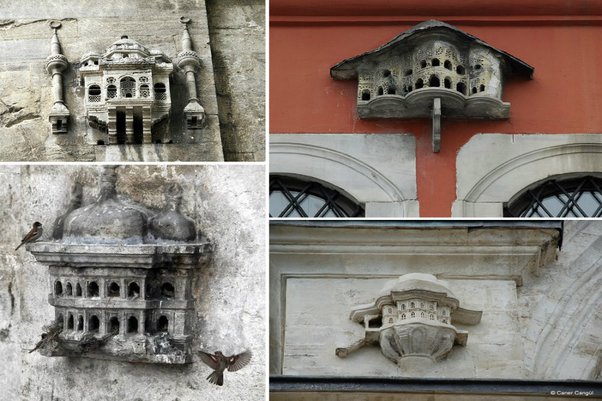
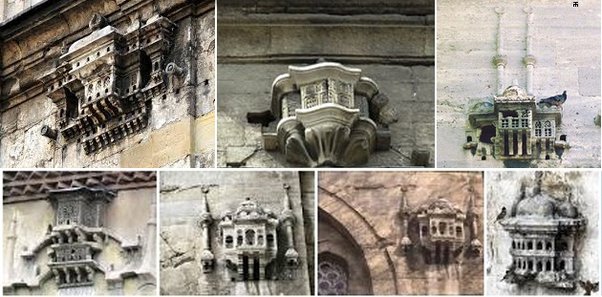
They were even included in pious foundations and wills. For example Bayezid Foundation had spared annually 30 gold for feeding birds among other things. It was/is also common to put water cups for birds in graveyards.
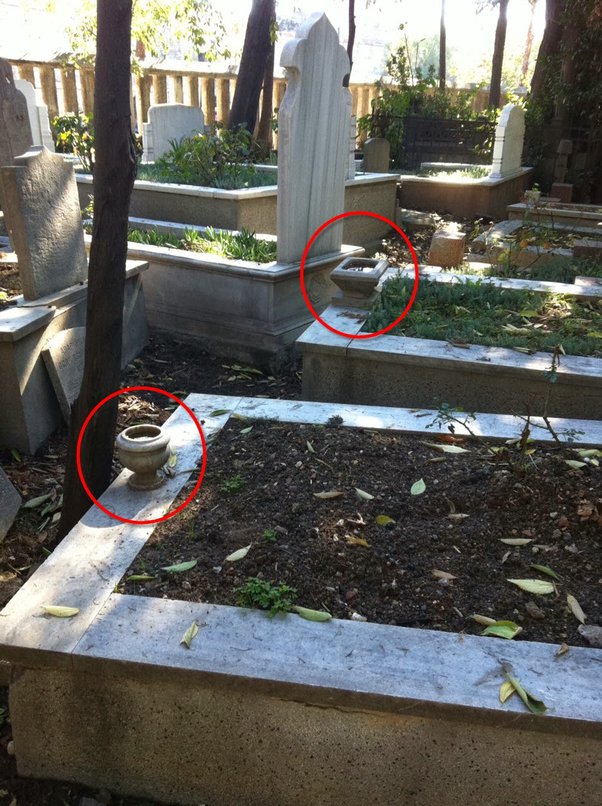
The first official regulation in the world regarding animal rights?; The Imperial Degree of Ottoman Sultan Murat III, dated 19th March, 1587 stated that “It was forbidden to overload animals such as horse or mule more than their capacity. And necessary care should be given about feeding and caring animals. And those who do not comply with the provisions would be punished.”
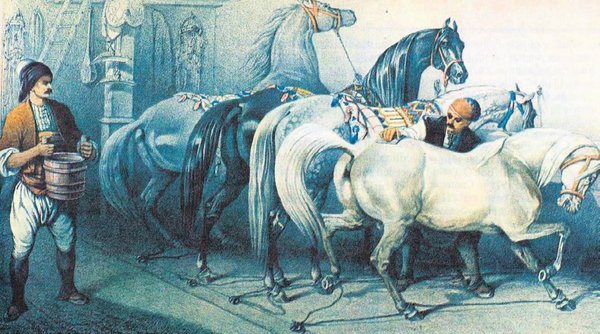
Deserved a retirement: The Cattle, which pulling cannons during wars, were retiring with a salary, when they got old. Retired animals were living in a farm which specifically established for them since 1654.
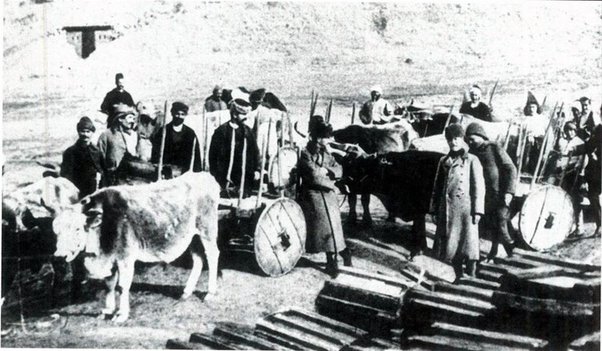
Animal holiday: An imperial degree dated 2nd October 1856, reminded people that it was forbidden by law, on fridays, to use horses to carry goods as well as ride them. Fridays were holidays for the horses since they were working remaining six days of the week.
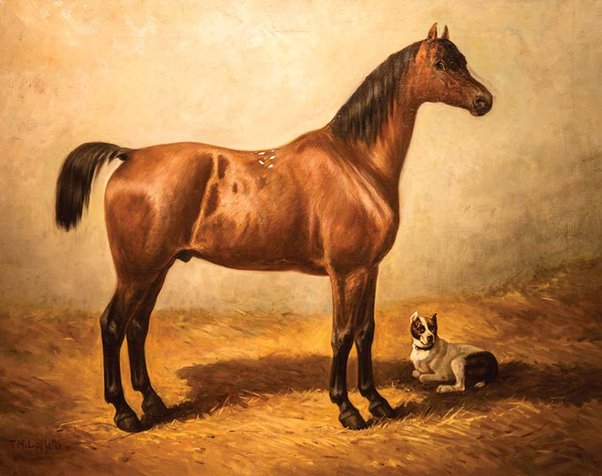
Asking permission to kill ants: It is well known story that Suleiman the Magnificent asked his Sheikh al-Islam, whether it was ok to kill ants, which searing fruit trees in palace gardens. (The answer was: No, it was not ok!)
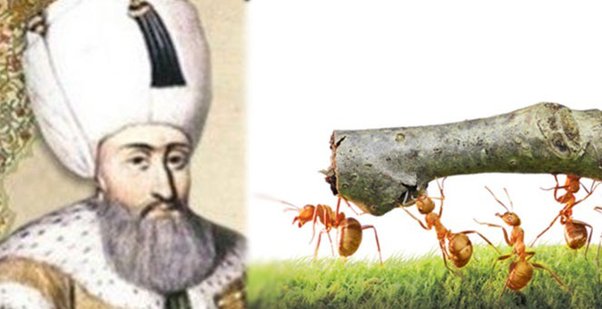
Many foreign traveller such as German Hans Dernschwam (1542), French Jean Thevenot (1656), Lamartine, Guer and British Ambassador Paul Ricout mentions about animal hospitals and pious foundations for animals which they had witnessed in Istanbul.
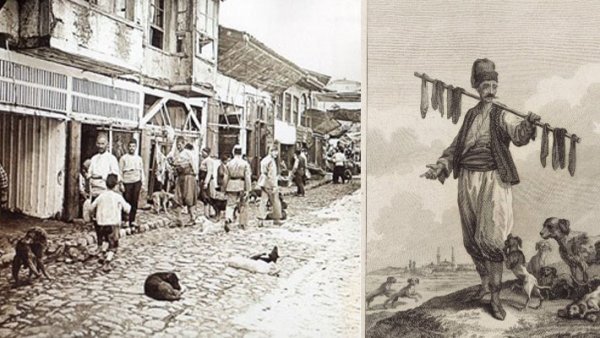
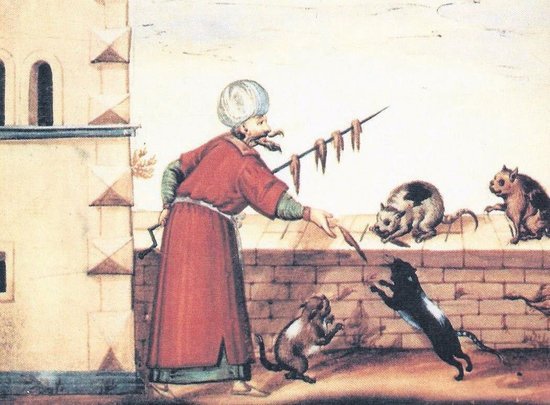
In the 17th century, the traveller Jean du Mont wrote that “For Turks, it is a crime to kill animals such as cats, dogs or horses which were not fed for their meats.
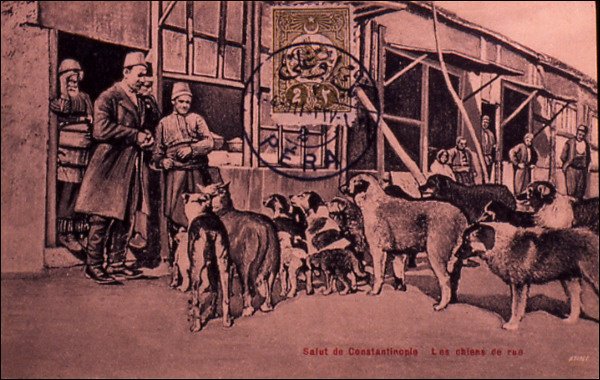
Also Busbecq (1554) writes in his travelogue about a Venetian merchant who was taken to court by Turkish people because he had nailed a bird to his door while it was alive.
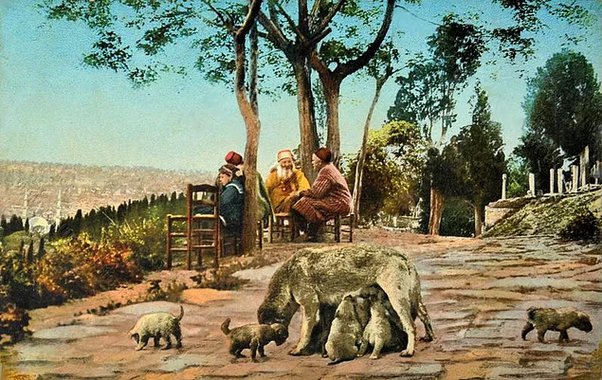
Dogs came to Istanbul with Turks and they were always part of street life. However not all stories are pleasant. In 1910, a French Company which used dogs for the perfume and chemical industry applied Coup D’etat Government (Comittee of Union & Progress) of Ottoman in order to buy these dogs. They signed a deal. However, when news heard there was an uproar. Using dogs in experiment was unthinkable for most Turks, that’s why they protested.
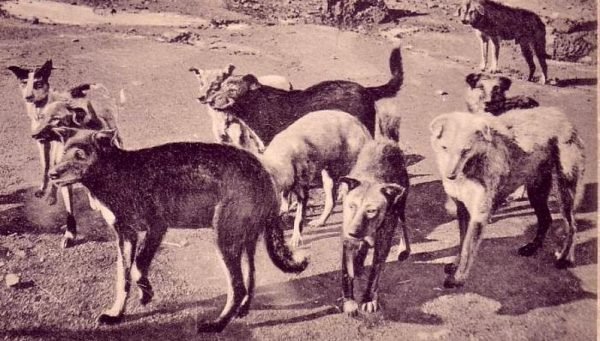
Yet, coup government did not care. When stray dogs had been gathered on a ship, animal lovers raided the ship and saved the dogs. However, poor creatures been forcefully re-gathered. And this time there were guards who were ensuring their captivity. Then, it was decided that dogs could wait in a deserted island instead of a ship.
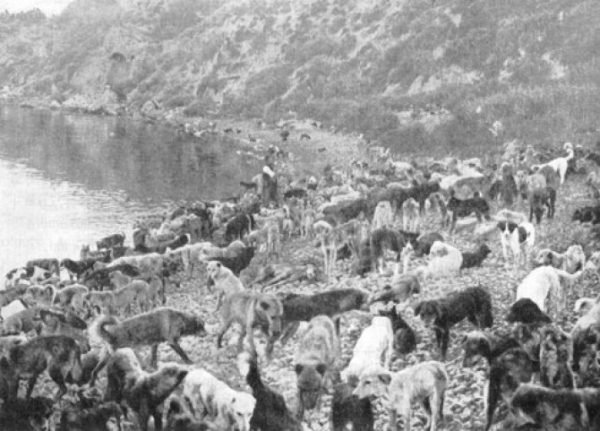
While 80.000 dogs were staying in a deserted island, French company declared that they backed off from the deal. All dogs died from hunger and thirst.
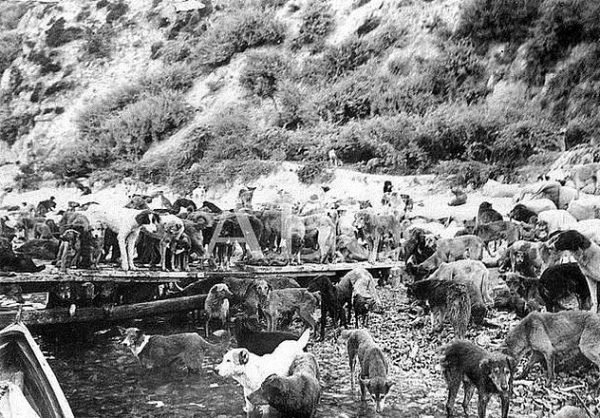
Official name of the island was/is “sharp” (sivri). However from then on people started to call that island as “scapegrace” (hayırsız ada). People also believed that, the earthquake of 1912 and many other following misfortunes befell on them due to this unheard cruelty towards these voiceless, innocent creatures.
This heartbreaking and disgraceful event still vividly remembered by people.

Leave a Reply